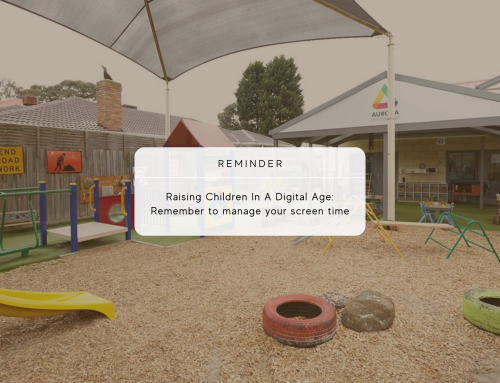Along with cognitive, speech, social, and emotional development, motor skills development are crucial for your child’s growth.
As children develop and grow rapidly in the first five years, strengthening their physical abilities during this time gives them greater independence as well as makes them stronger.
It’s for this reason, parents are advised to develop key motor skills for toddlers which when developed early on can boost endurance and confidence in their later years.
What are Motor Skills?
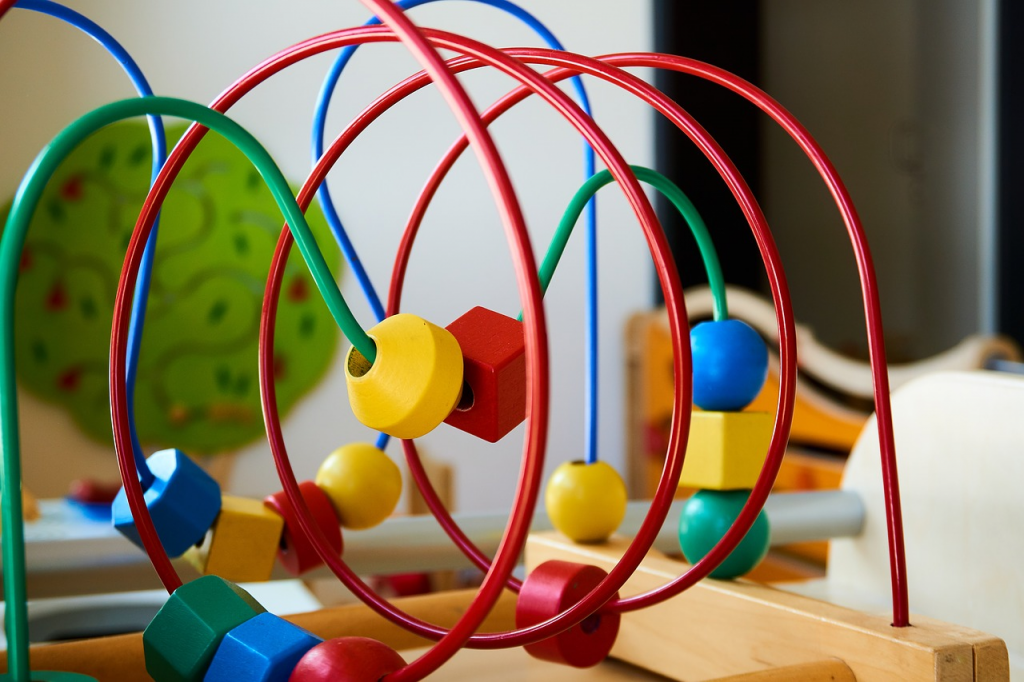
A motor skill is the act or movement of muscles that is intended to do a particular act. In the context of children, motor skill Development is associated with physical growth and strengthening of a child’s muscles, bones, and the overall ability to move and interact with their surroundings.
Motor skills are generally divided into two categories:
- Fine motor skills.
- Gross motor skills.
Fine motor skills are basically simple movements in the fingers, feet, toes, tongue, etc intended to do smaller actions like picking up a toy or using a pencil to write. On the other hand, gross motor skills use large muscles like arms, legs, etc to perform bigger movements like sitting and walking.
Developing gross and fine motor skills in infants is essential to their growth in early years since physical development is the cornerstone of other development areas. They enable little ones to perform self-reliant tasks without any assistance thus making them more independent.
Helping your young children of preschool or early school age Develop essential motor skills can help them gain strength, build confidence in their body and lay the foundation for a healthy lifestyle early on.
How to Improve Motor Skills in Children
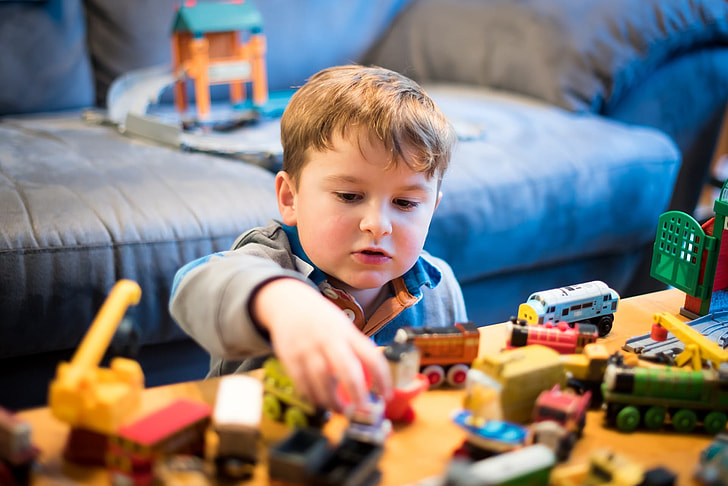
Now that you are aware of the two types of motor skills, here are five motor skills activities for your children to try.
Teach Them to Pick Up Small Things
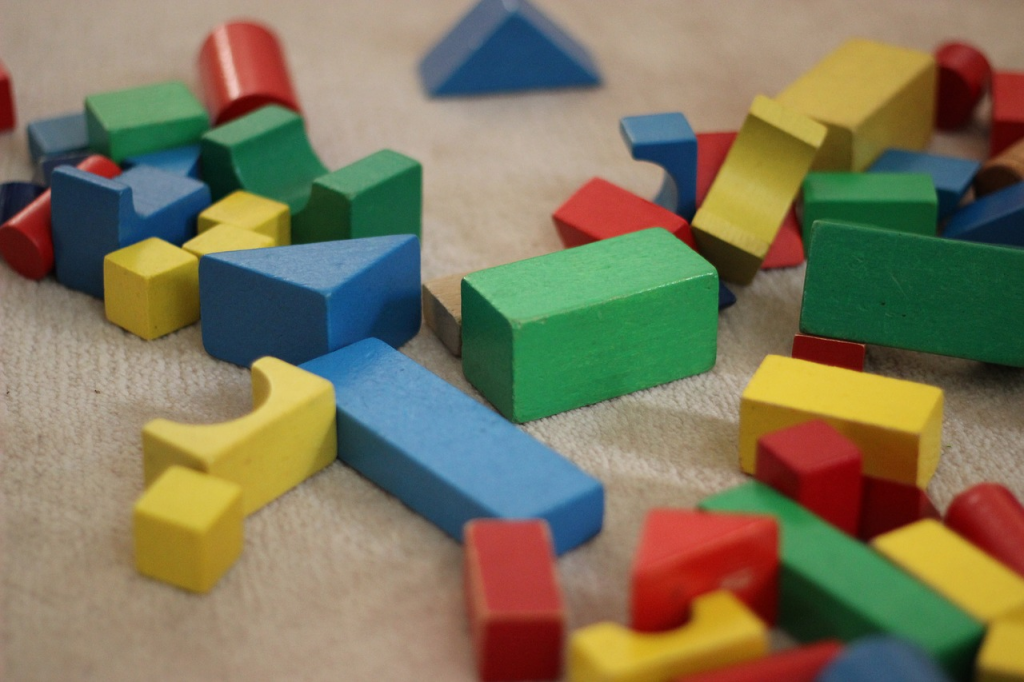
Picking up things from one place and putting them elsewhere can be a fun motor skill exercise for children.
Engaging little ones in such activities can help them develop the pincer grasp which is the coordination of the index finger and thumb used to hold an item.
For starters, you can encourage them to pick up items like marbles, beans, or pompoms and sort them using their forefinger and thumb.
Introducing them to toys having knobs, switches, and dials can also improve their pincer grasp.
You can even bring simple puzzle games. Since puzzle games take a bit of time to complete and require patience, children can often feel frustrated. However, by encouraging them to do their best, children can learn quickly.
Be sure to continuously supervise young children who are working on their pincer grasp.
Get them Drawing
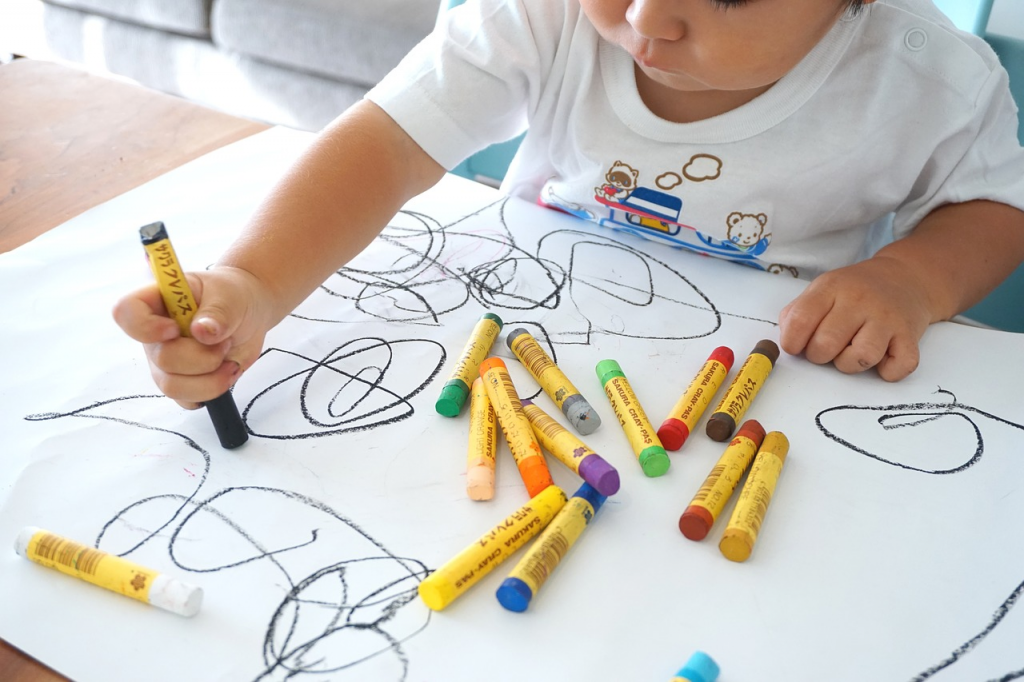
Drawing is a creative hobby that helps children develop their creativity as well as fine motor skills.
Try to encourage little ones to pick up crayons or color pencils and let their imagination go wild. Children love variety so you can let them paint on different mediums using charcoal, chalks or paint brushes.
Teaching them how to hold a pencil or crayon and draw on a piece of paper can immensely enhance your child’s hand-eye coordination.
If putting pen to paper isn’t your child’s thing, you can also encourage your child to try freehand finger painting or seashell painting. These can bring them a little excitement and get children drawing instantly.
Let Them Have Fun With Spongy Toys and Water
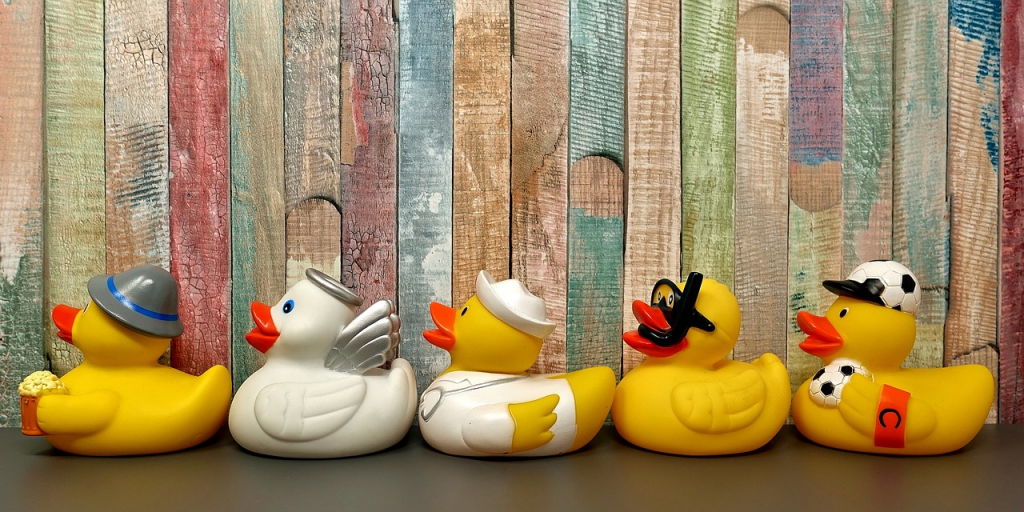
You can start building your child’s motor skills right from the bathtub or simply with a clean sponge and some water.
Just take two bowls, fill one with water while leaving the other one empty. Then ask your child to soak up the sponge in water and squeeze it out in the other bowl.
This simple activity will easily help your child strengthen the hands
You can even bring in a rubber toy at bathtime and let children play with it in the water. Or use an eye-dropper to let your child transfer water from one bowl to another.
Model Shapes Using Playdough
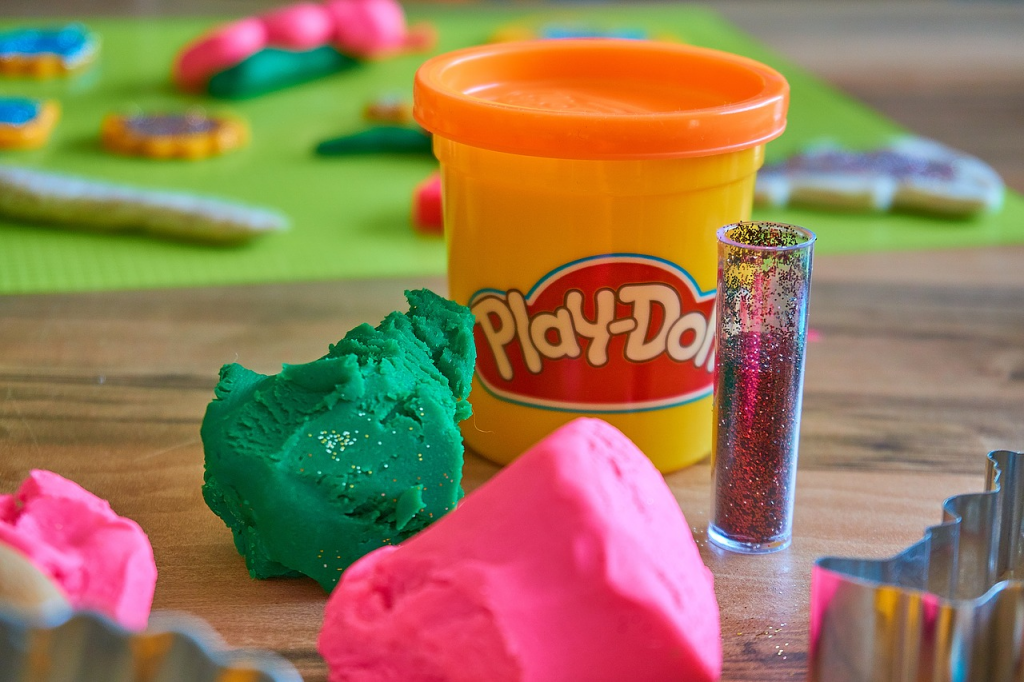
Playing with clay is one of children’s favorite pastimes. However, clay can also help improve your child’s motor skills.
Dedicated clay toys like Playdough come with many different options to create objects and shapes so try to encourage your child to use Playdough to create shapes.
Teach them actions like squeeze, stretch, and pinch and create anything from snakes to round circular balls. Or, if your Play-dough set has a pair of plastic scissors teach them how to hold it and create new shapes.
Leveraging the endless creative freedom of Playdough by twisting, rolling, kneading and pounding your child can build strong muscles in their fingers and hands.
Use Lacing Beads
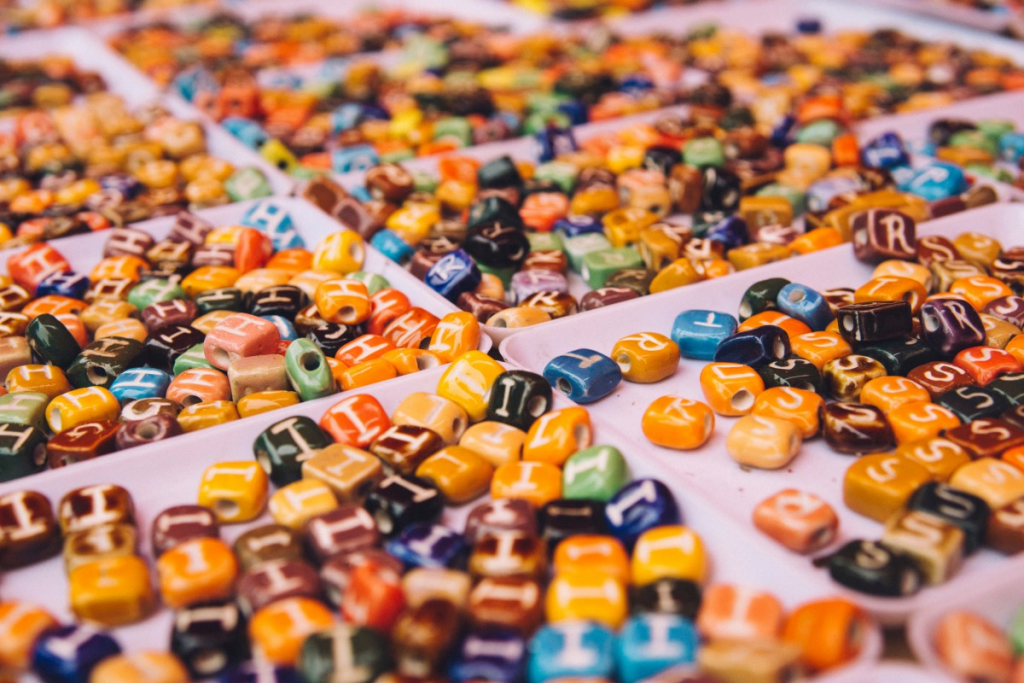
Getting children engrossed in Alphabet lacing beads can be a fun, creative, and multi-sensory way of developing their motor skills. They are simple to use, come in all sorts of shapes, sizes, patterns and can be delighting for children.
Alphabet lacing beads are a good pre-writing and reading activity for pre-schoolers. It can help them improve spelling, sounds, and even learn different words on the go.
You can also bring different lacing beads to improve your child’s math skills using creative shapes and patterns. By encouraging children to solve math problems through these beads can improve their academic skills by a good level.
Final Thoughts
Needless to say, children’s early years are a critical part of their lives especially when it comes to developing physical strength.
By using these simple motor skill activities, you can easily help them build essential motor skills early on so they grow on to become more physically stronger and healthier.
Motor skills are an important part of Aurora’s curriculum. We have specialized education and play curriculum for infants, toddlers, and kindergartners with dedicated facilities to help them play, learn and grow.



